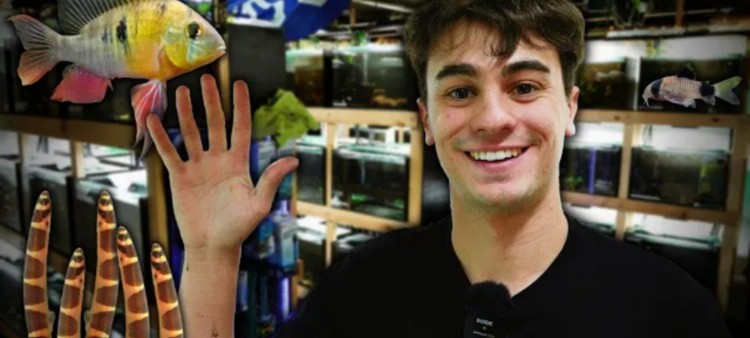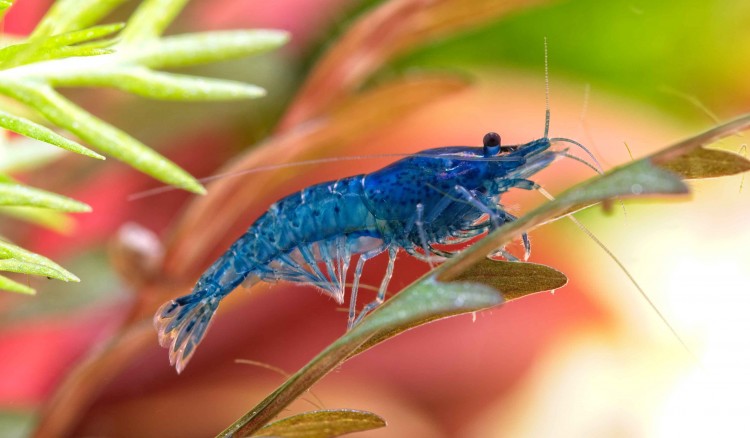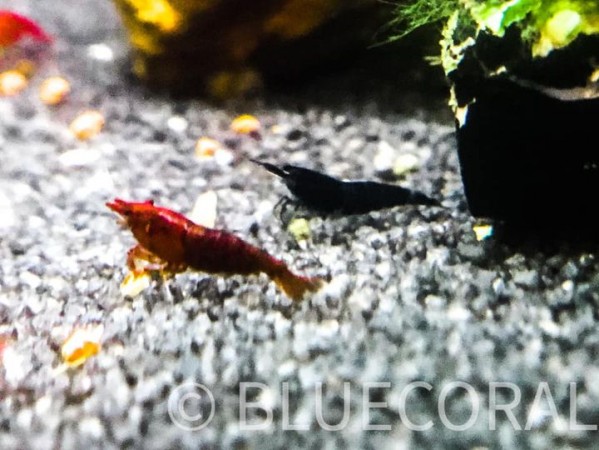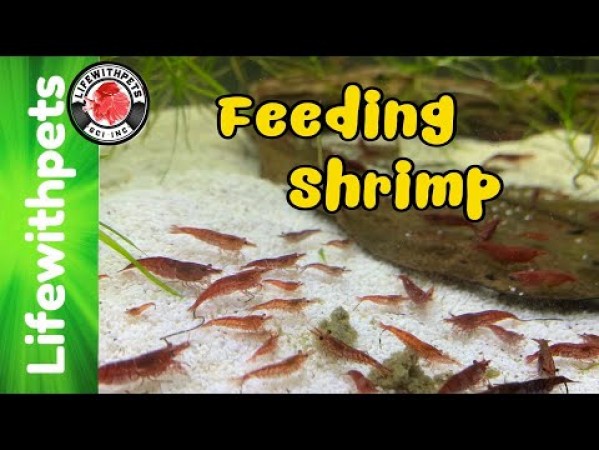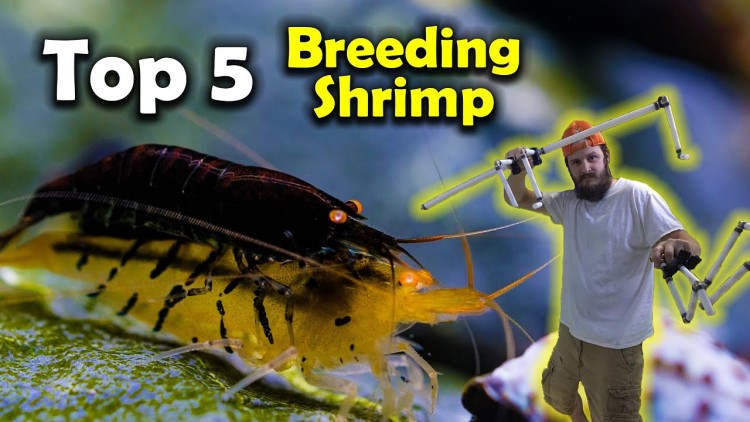- Name:
Saron Shrimp
(View AKA's) - Family: Hippolytidae
- Species: Shrimp
- Scientific Name: Saron marmoratus
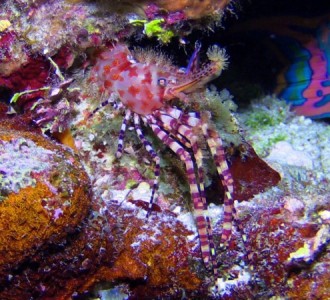

More Details
General info about Saron Shrimp
The Saron Shrimp was first described in scientific literature in 1811. During the day it is brown with green spots. These green spots will have variable amounts of white speckling. The legs have darker brown bands on a brown background with alternating white speckled bands. Tufts of cirri (feathery appendages) are found decorating the back of the males, and their first pair of walking legs are elongated. The Saron Shrimp is nocturnal, and at night, the color of its body turns primarily red, which helps it blend into the shadows of the twilight. When introduced into an aquarium, the Saron Shrimp will need a dark place in which to hide. After acclimating, it will start to wander about during the daylight. It is usually found in the coral rubble at the base of the reef. It is intolerant of copper or high nitrates and will require a correct level of iodine in the water for proper molting.
Relevent Articles
Original Detail
| Name | Species | Family | Scientific Name | More Detail | Added by |
|---|---|---|---|---|---|
| Saron Shrimp | Shrimp | Hippolytidae | Saron marmoratus | The Saron Shrimp was first described in scientific literature in 1811. During the day it is brown with green spots. These green spots will have variable amounts of white speckling. The legs have darker brown bands on a brown background with alternating white speckled bands. Tufts of cirri (feathery appendages) are found decorating the back of the males, and their first pair of walking legs are elongated. The Saron Shrimp is nocturnal, and at night, the color of its body turns primarily red, which helps it blend into the shadows of the twilight. When introduced into an aquarium, the Saron Shrimp will need a dark place in which to hide. After acclimating, it will start to wander about during the daylight. It is usually found in the coral rubble at the base of the reef. It is intolerant of copper or high nitrates and will require a correct level of iodine in the water for proper molting. | PalaciosAn |
Changed by users
| Submitted Date | Submitted By | Status | Action |
|---|


